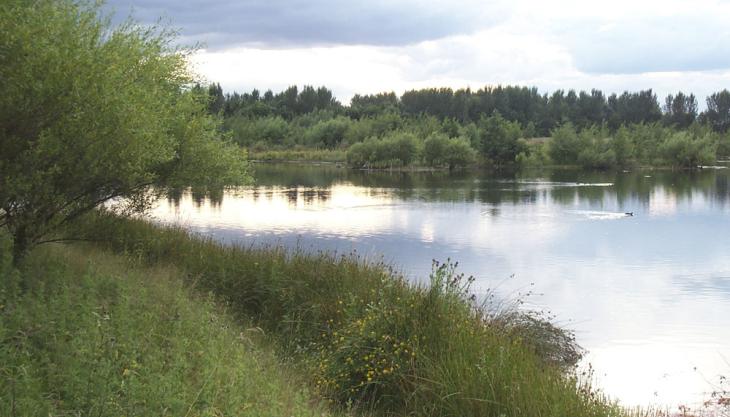Restoration and Biodiversity Awards 2011

Tarmac and CEMEX scoop top prizes at MPA/Natural England restoration and biodiversity awards event
SEVEN Mineral Products Association Restoration Award winners were announced at the Association’s recent awards event, including this year’s winner of the top prize, the Cooper-Heyman Cup. A further 15 winners were announced in the inaugural Natural England Biodiversity Awards.
This year’s Cooper-Heyman Cup winner was Tarmac Ltd’s Bellmoor and Lound Estate (pictured), in Nottinghamshire, which represents a major exercise in the recycling of countryside.
Since the 1940s, quarrying of sand and gravel has moved progressively through more than 600ha. In its wake has come not just restored farmland and woodland, but a string of wildlife, community and leisure uses – and huge public enjoyment.
At the heart of the site lies a 300ha area that was designated as a Site of Special Scientific Interest (SSSI) in 1992 and has been the focus for the long-running restoration partnership with the Nottinghamshire Wildlife Trust.
One of the great achievements is the lottery-funded Idle Valley Rural Learning Centre, which is operated by North Nottinghamshire College and is the base from which the wildlife trust also runs numerous community programmes.
Among the other valued facilities is the 70-acre Linghurst Lakes parish park at Lound, an area restored in the early 1990s. Thousands of trees have been planted, wildflower areas created and grass paths defined. The site is now managed by a sub-committee of the Lound Parish Council and is widely used by villagers.
The winner of the top Natural England Biodiversity Award 2011 was CEMEX UK’s Rugeley Quarry. At this sand and gravel quarry, which lies within the Cannock Chase Special Area of Conservation, CEMEX UK will, by 2032, have added over 200ha of priority lowland heathland habitat – contributing to the UK BAP and Staffordshire Local BAP targets for this habitat.
The judges were impressed by the fact that CEMEX had voluntarily decided not to quarry sand and gravel to the permitted depth to ensure that the new heathland remained dry. Their report said ‘The sheer extent of the restored lowland dry heath and the quality of the habitat produced was outstanding’.
Open mosaic habitats have also been created at the site, as well as dwarf shrub heath, acid grassland and wet grassland with areas of freshwater. The site supports priority BAP species including nightjar, tree pipit, woodlark, great crested newt and adder.
CEMEX have also made large donations to a nearby Staffordshire Wildlife Trust volunteer centre and the Cannock Chase Visitor Centre.
Special awards for commitment to biodiversity among the MPA’s smaller and medium-sized members went to Brett Group, Marshalls, Sibelco and Smiths Bletchington, while an award for individual commitment to biodiversity was awarded posthumously to Brian Butterfield for his outstanding commitment to habitat creation at Lafarge Aggregates’ Panshanger Quarry in Hertfordshire.
Full details of all the award winners can be found at: http://www.mineralproducts.org/restoration_awards.htm



